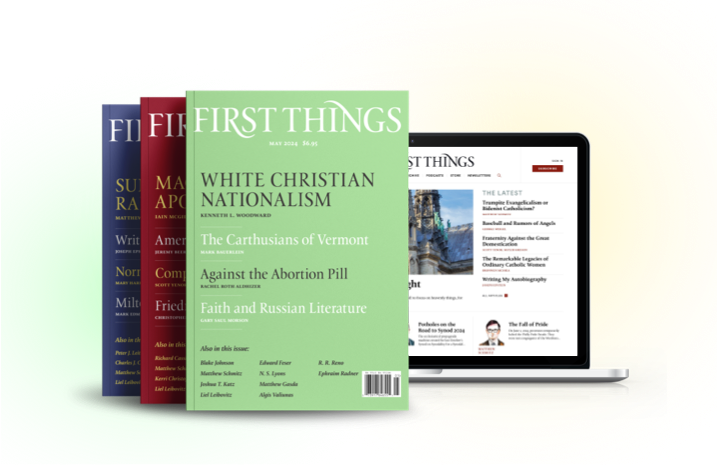Unveiling a new work on the Second Vatican Council in Rome , Cardinal Walter Brandmuller, the retired president of the Pontifical Committee for Historical Sciences, announced that Vatican II’s decrees on non-Christian religions (Nostra Aetate) and Religious Freedom (Dignitatas Humanae) “do not have a binding doctrinal content, so one can dialogue about them.”
The comment—seen as a gesture to the Society of St. Pius X, now in talks with the Holy See about a possible reconciliation—naturally provoked controversy. Some traditionalists welcomed it as a sign that their criticisms about those documents have always been right, whereas Catholic Culture’s Dr. Jeff Mirus immediately cautioned : “While it is certainly true that a ‘dogmatic constitution’ is a weightier document than a ‘declaration,’ and is more likely to deal extensively with doctrinal issues, this does not mean that a declaration cannot have doctrinal content to which the faithful must assent.” He then persuasively explains why, with regard to Vatican II’s teaching on non-Christian religions and religious liberty.
In fairness to Cardinal Brandmuller, he also affirmed that all of the Conciliar documents “must be taken seriously as an expression of the living Magisterium;” and one of his co-authors, Archbishop Agostino Marchetto, added, importantly: “There must be an acceptance of the Council by those who want to be reunited with the Church. I don’t think the SSPX can say, ‘Well, we’ll set this or that document aside.’
Underscoring that point was an essay in the Osservatore Romano last December. Written by Msgr. Fernando Ocariz, who has been directly involved in the SSPX talks, it carefully follows the principals laid out by Pope Benedict in his famous talk about “the hermeneutic of reform, of renewal within continuity.” Ocariz’s analysis, notes Mirus, “says exactly the same thing” that faithful Catholics have been saying for years about Vatican II, namely:
Since it was an ecumenical council, meeting and promulgating its acts to the whole Church under the authority of the Pope, the Second Vatican Council’s doctrinal sentences demand assent in the following ways:
1. Whenever the Council teaches something about faith and morals, what it teaches is certainly true, either through the specific note of infallibility or from the religious submission of mind and will owed to the ordinary Magisterium.
2. If such a teaching on faith or morals appears to anyone to conflict with earlier teachings, the problem is not with the truth of the Council’s statement but with our understanding of the Church’s full teaching of which the Council’s statement is inescapably a part.
3. Proper method demands that an understanding of the matter in question be found that accepts the truth of all relevant statements. Later statements can be illuminated by earlier ones and earlier statements can be illuminated by later ones, until a more complete and precise understanding is formed.
4. Where the Council was not teaching on matters of faith and morals, such as where it was describing contemporary conditions or offering recommendations for renewal, its statements are to be received with respect and gratitude but are not necessarily flawless in either their factual accuracy or their prudential judgment.
5. It follows that any arguments which undermine this understanding, whether based upon the pastoral interests of the Council or any other factor, are specious.
Addressing all these issues successfully with the SSPX (or any other Catholics who have questions about Vatican II) will take good will, patience and prayer. But for the faithful Catholic, emphasizes Msgr. Ocariz, there can only be one reliable voice in the final analysis: “An authentic interpretation of Conciliar texts can only be made by the Magisterium of the Church herself.”
Rome and the Church in the United States
Archbishop Michael J. Curley of Baltimore, who confirmed my father, was a pugnacious Irishman with a taste…
Marriage Annulment and False Mercy
Pope Leo XIV recently told participants in a juridical-pastoral formation course of the Roman Rota that the…
Undercover in Canada’s Lawless Abortion Industry
On November 27, 2023, thirty-six-year-old Alissa Golob walked through the doors of the Cabbagetown Women’s Clinic in…

